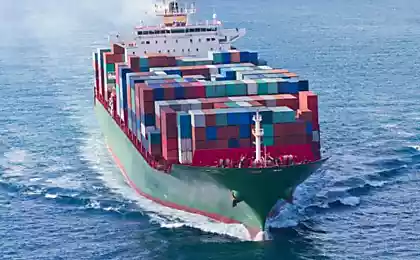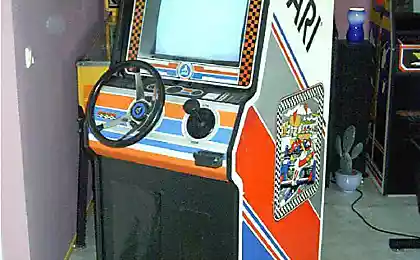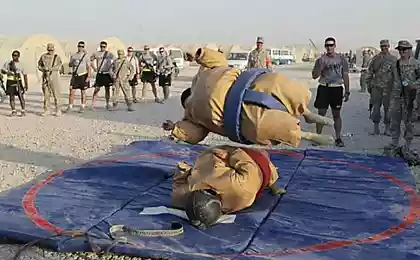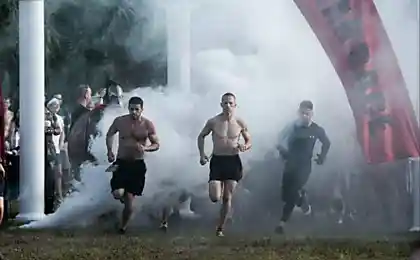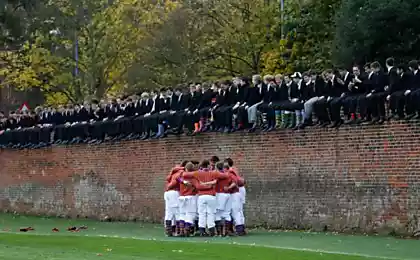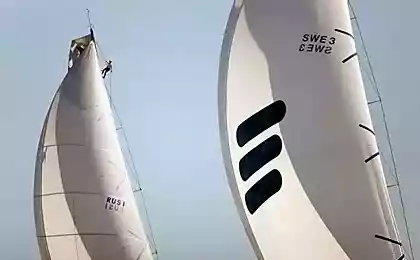1333
Car race held annually near the French city of Le Mans.
The most famous car endurance race held annually near the French city of Le Mans. The first race was held on May 26-27, 1923, in future competitions took place in June (with the exception of 1968, when due to the student revolution were postponed to September). The race was not carried out in 1936 (due to the general strike) and 1940-1948 (due to World War II).
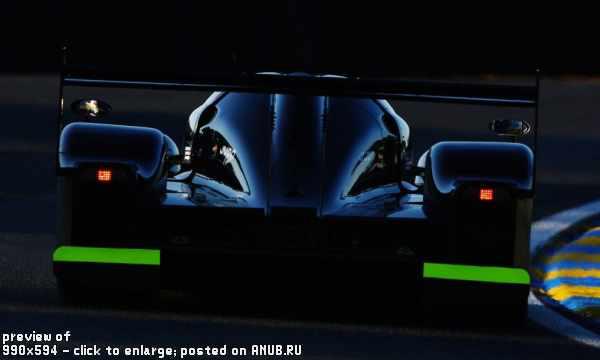
The race usually consists of 50 uchastnikov.Gonka held simultaneously in all classes. Race results are determined as the absolute offset, and in each class separately. Composition classes changed during the existence of the race, there are currently four classes. Le-mann sports prototypes (fr. Le Mans Prototypes, LMP) - LMP1 and LMP2, different speed, weight and power. The following two classes - Grand Turismo (fr. Grand Touring, GT), also divided by the speed, weight and power to the GT1 and GT2. Although the probability of winning above all the machines class LMP1, it happened that the representatives of the weaker classes won due to higher reliability.
It should be noted that the rules of the class definitions used by Western Motorsports Club of France, are different from those established by the FIA, although not always.

For decades, the crew was required to pass at least one hour in the race before they were allowed to refuel the car technical liquids (such as oil or coolant) excluding fuel. This was an attempt to improve the efficiency of ACO and reliability. Cars that could not survive the first hour without refueling liquids disqualified. Another rule, which has long been unique to Le Mans - a requirement of the engine before refueling stop in the pits. This requirement is based not only on considerations of fire, but also improves the reliability of the car, t. To. Thus verified the ability to re-start the engine several times during the race. Another element of this rule - that the mechanics do not allow to work on a car or change a set of tires while refueling occurs. This helps to speed up the long pit stops, that is. To. The team forced to find faster ways of the procedure. As an exception to this rule, pilots are allowed to leave the vehicle and replaced during refueling.
It is on the race 24 Hours of Le Mans was the beginning of a tradition as a shower of champagne. In 1967 24 Hours of Le Mana Dan Gurney and AJ Foyt won the race at the wheel of the new Ford GT40. When Gurney got on the podium champagne bottle, he saw at the bottom of the chief administrator of the Ford Henry Ford II, team owner Carroll Shelby and their wives, as well as several journalists who had previously predicted failure for an upscale duo. Gurney shook the bottle and poured all around, thus establishing a tradition that is played all over the world for over 40 years
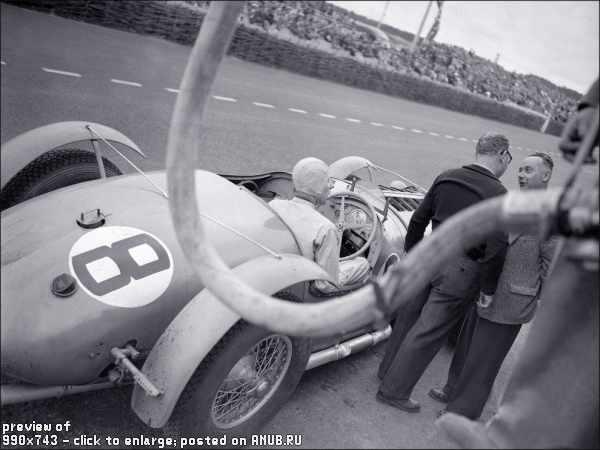
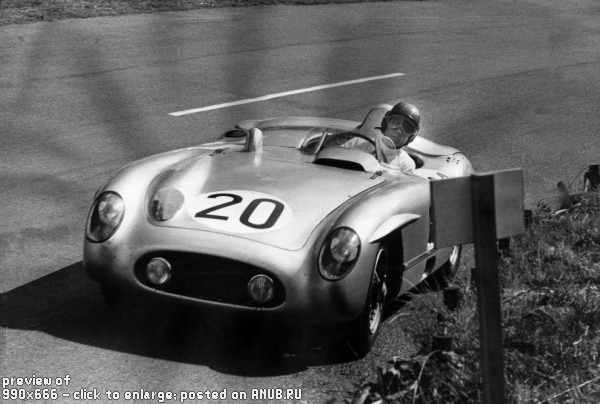

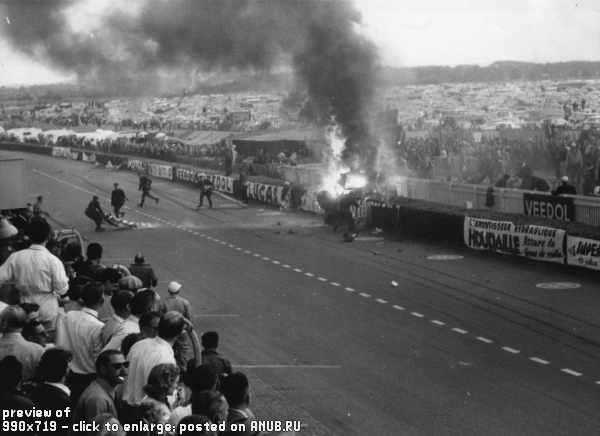
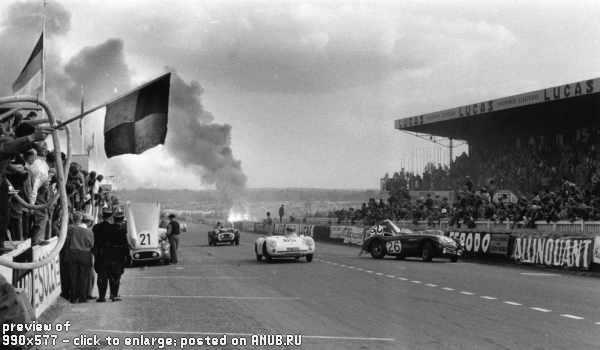
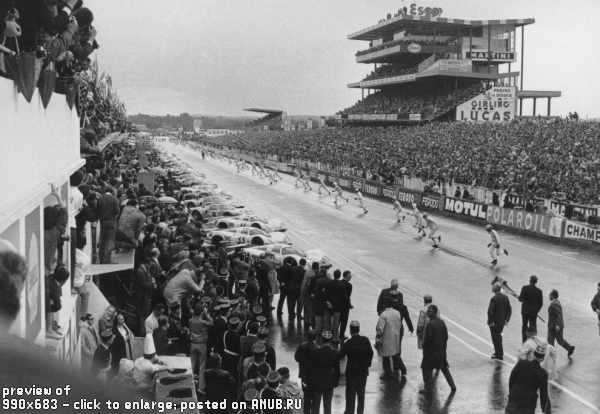
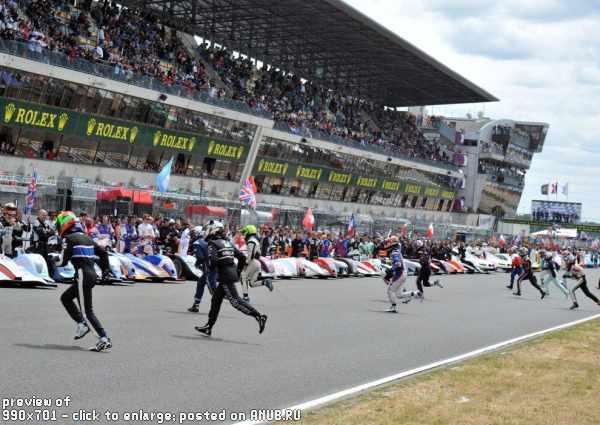


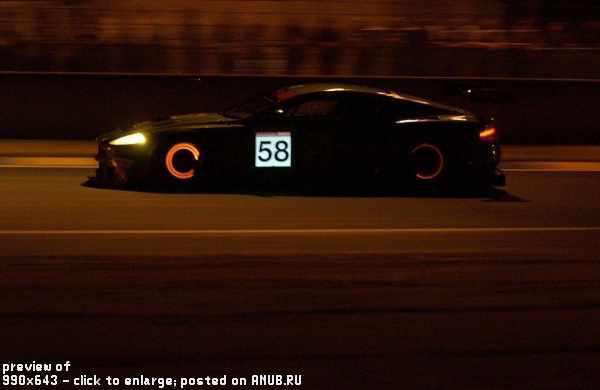
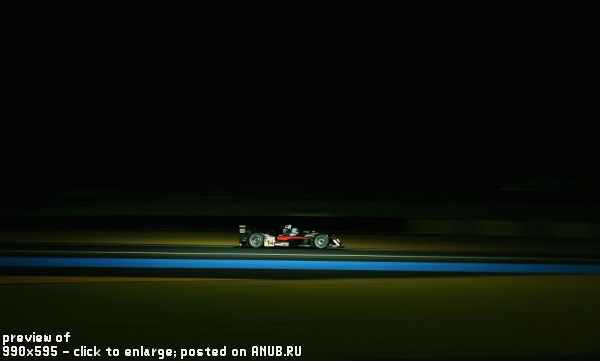
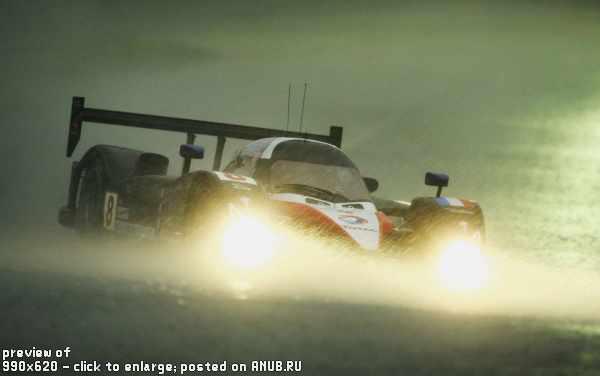
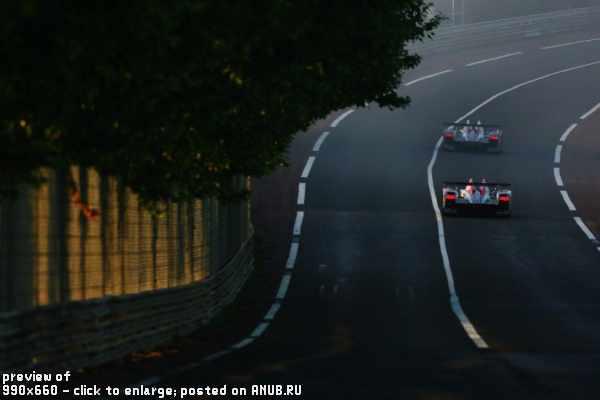
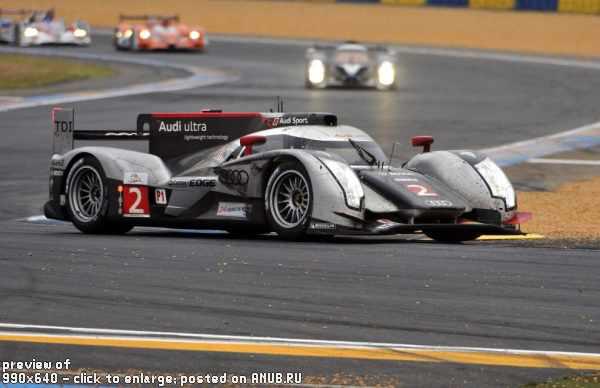
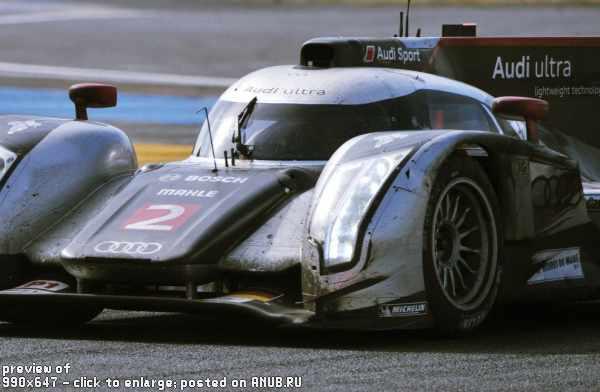
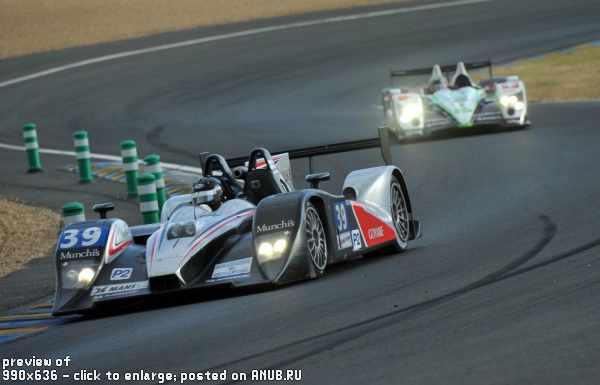


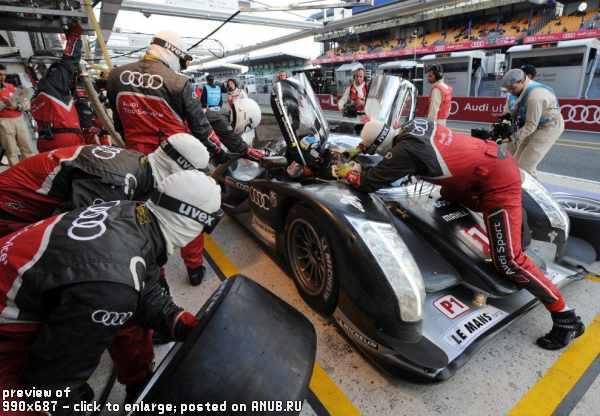
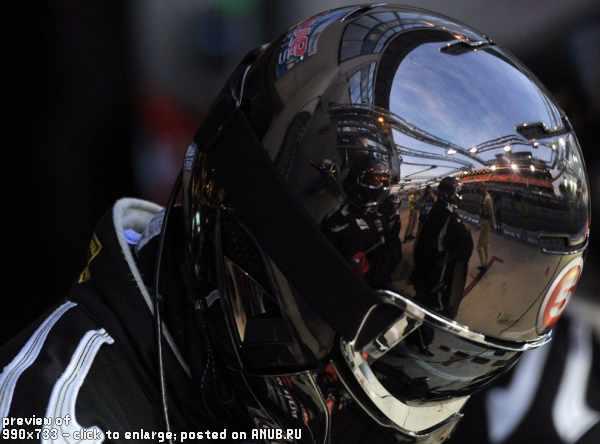
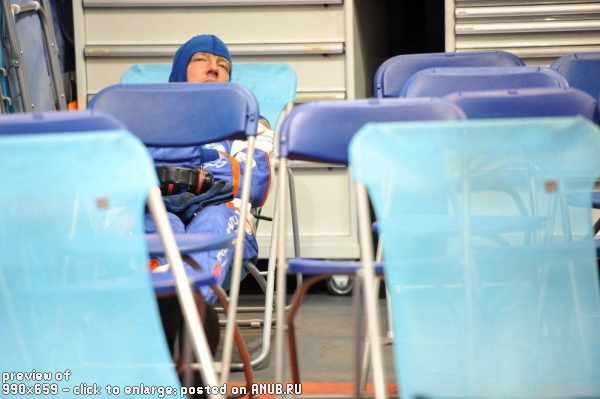
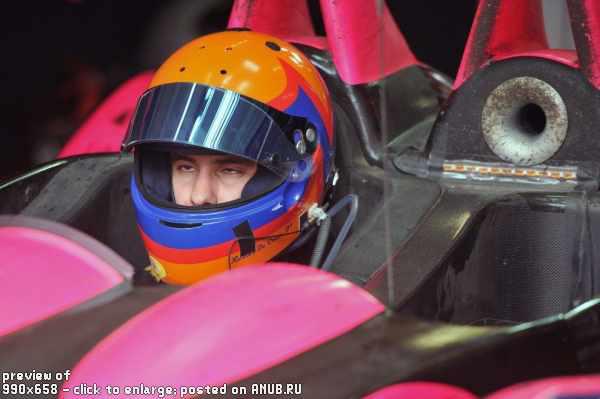
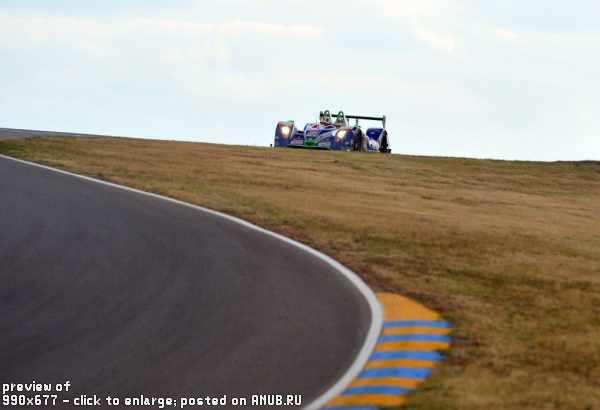
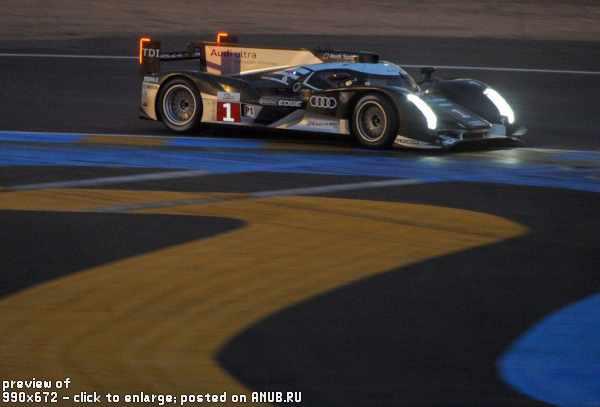

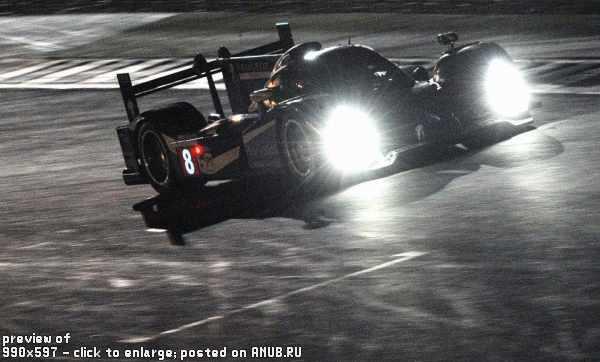
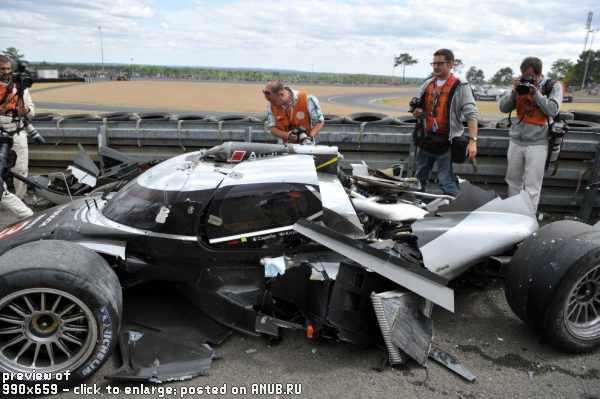

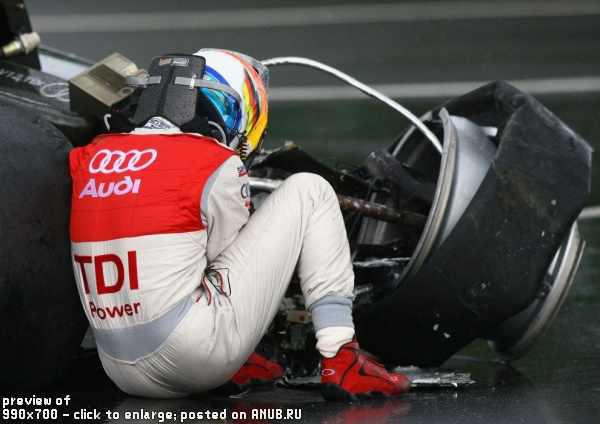

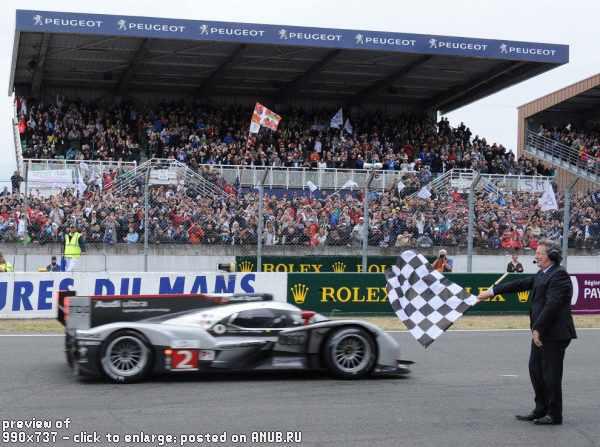
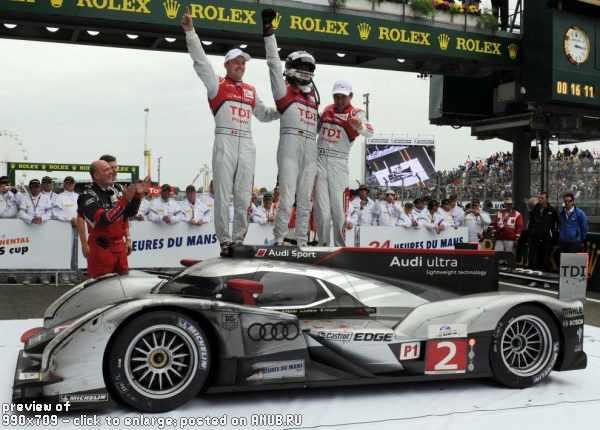
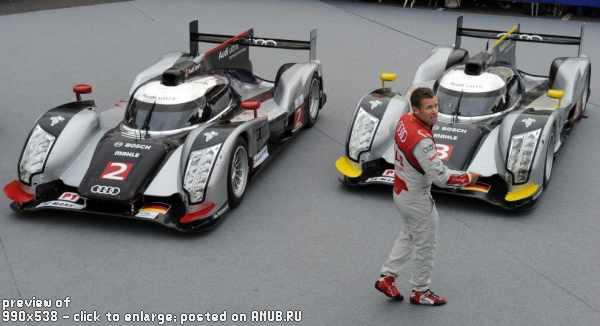

The race usually consists of 50 uchastnikov.Gonka held simultaneously in all classes. Race results are determined as the absolute offset, and in each class separately. Composition classes changed during the existence of the race, there are currently four classes. Le-mann sports prototypes (fr. Le Mans Prototypes, LMP) - LMP1 and LMP2, different speed, weight and power. The following two classes - Grand Turismo (fr. Grand Touring, GT), also divided by the speed, weight and power to the GT1 and GT2. Although the probability of winning above all the machines class LMP1, it happened that the representatives of the weaker classes won due to higher reliability.
It should be noted that the rules of the class definitions used by Western Motorsports Club of France, are different from those established by the FIA, although not always.

For decades, the crew was required to pass at least one hour in the race before they were allowed to refuel the car technical liquids (such as oil or coolant) excluding fuel. This was an attempt to improve the efficiency of ACO and reliability. Cars that could not survive the first hour without refueling liquids disqualified. Another rule, which has long been unique to Le Mans - a requirement of the engine before refueling stop in the pits. This requirement is based not only on considerations of fire, but also improves the reliability of the car, t. To. Thus verified the ability to re-start the engine several times during the race. Another element of this rule - that the mechanics do not allow to work on a car or change a set of tires while refueling occurs. This helps to speed up the long pit stops, that is. To. The team forced to find faster ways of the procedure. As an exception to this rule, pilots are allowed to leave the vehicle and replaced during refueling.
It is on the race 24 Hours of Le Mans was the beginning of a tradition as a shower of champagne. In 1967 24 Hours of Le Mana Dan Gurney and AJ Foyt won the race at the wheel of the new Ford GT40. When Gurney got on the podium champagne bottle, he saw at the bottom of the chief administrator of the Ford Henry Ford II, team owner Carroll Shelby and their wives, as well as several journalists who had previously predicted failure for an upscale duo. Gurney shook the bottle and poured all around, thus establishing a tradition that is played all over the world for over 40 years






































